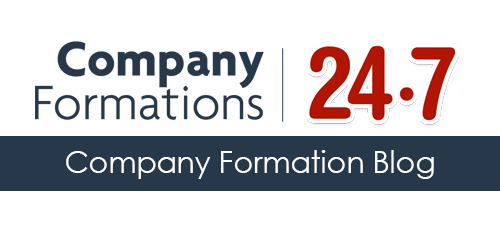Cash flow, particularly for small and medium sized businesses or startups, can be the make or break factor when it comes to the survival, and ultimately, success, of your company. Payroll, office costs, and production costs are all outgoings that you must consider, and you can enjoy incomings from product and service sales. But have you ever considered turning outstanding invoices into immediate cash for your SME? Below is a guide to what is known as invoice factoring.
What does invoice factoring mean?
Invoice factoring, as mentioned above, is turning any outstanding invoices you have into cash that you can use freely, which is done by selling your outstanding invoice off to a factoring company.
If your SME has multiple clients, you will likely know that there can be a range of payment terms when it comes to invoicing. Typically, most payments will be due after 30 days of the product or service being received, but this can sometimes be as long as 60 or 90 days.
If you are a SME in your early stages and cash flow is a factor you have to seriously consider, you may not be able to afford to wait 90 days to receive payment for your product or service. Invoice factoring, therefore, can give you the cash you need to continue to expand your business.
How does invoice factoring work?
Once you have delivered a product or service to your client, you would then issue an invoice to the client. After this time, you would “sell” your invoice to a factoring company, who will pay you upfront for roughly between 70% and 90% of the invoice’s value.
Once your client has paid your funds, whatever length of time this may be, you would then be paid the remainder of the invoice minus the factoring company’s service fee. This is calculated by the term and value of the invoice that you originally issued, and will differ from company to company.
What are the benefits of invoice factoring?
Invoice factoring has many obvious benefits. The most important benefit is that it frees up much needed cash flow so that you can focus on expanding your business, building new products, hiring new staff, or some other task that is vital to your business’ success.
It can also help you to avoid going bust while you wait for invoices, which can be a particularly bad problem for SMEs, who had to wait an average of 67 days longer than larger corporations for invoices to be paid in 2015.
It is a flexible system that is cheaper than using alternative lenders or merchant cash advances, it is much easier to qualify for than other business loans and you may not also require a personal credit score to undergo this method of borrowing. You can even use invoice factoring to boost your bank credit should you need to.
What are the drawbacks of invoice factoring?
However, invoice factoring does have some drawbacks that you must be aware of. Bank credit will be a less expensive form of covering costs, although it must be noted that banks will be unlikely to be able to approve credit as quickly as an invoice factoring company. There is also the issue that many companies get rejected from bank credit, although steps are being taken to turn this around.
Some factoring companies will make your client aware of the fact that you have sold off your invoice, which could make the client nervous about doing future business with you. Other factoring companies require a monthly minimum amount of invoices to even consider taking you on; a commitment that you may not be willing to get in to as a SME.
There is also the potential for hidden fees, so be sure to conduct thorough research beforehand.
Who is invoice factoring for?
Invoice factoring is suitable for any B2B or B2G business that has invoices that are payable in 90 days or less and with no tax or legal problems. Invoice factoring is just one route that you can take should you need to bolster your company’s finances, so be sure to shop around before diving into any agreements. But, should you choose invoice factoring, it is an established and reliable way to turn what can be nuisance in payment terms into a clever business strategy.



